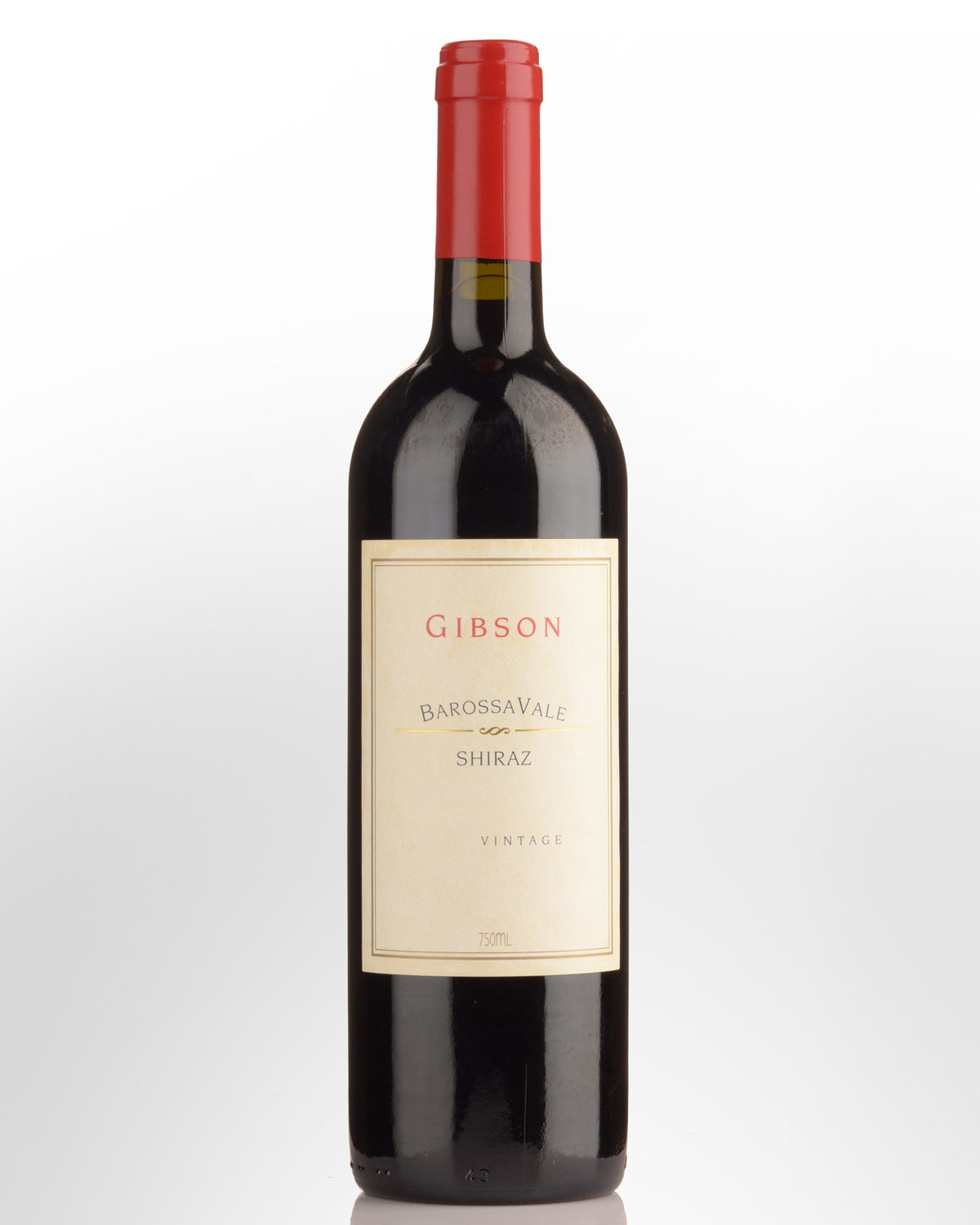
- 98
2003 Gibson's Barossa Vale Shiraz
Barossa Valley, South Australia,
AUSTRALIA
$69. 99
Bottle
$839.88 Dozen
Cellar: 4 - 5 Years (2009-2010)
ABV: 14.5%
Closure: Screw Cap
TURNING WATER INTO WINE.
Planet Earth’s miracle liquid is not wine, but water. This remarkable substance is essential for life to continue and has arguably become the most studied material on Earth. In order to consistently produce great wine, a knowledge of the relationship between water, soil and vines is necessary. Yet the secret of transmuting this colourless, tasteless and odourless liquid into one of the world’s most complex and prized drinks still eludes many viticulturalists & winemakers. At the forefront of new research into water and wine quality is ROB GIBSON - the former viticulturalist in charge of the Penfold's Grange vineyards. Gibson has developed a detailed knowledge of a vine’s water requirements which has led him to be recognised as a Global Authority on the subject, testified to by the magnificent wines that he produces. Gibson has found that in order to produce exceptional grapes, it is necessary to keep vines in tension but not stress. Unfortunately, vines are complex living organisms with deep root systems, subject to many variables which may compromise this 'balance'.During a vine’s growing season, water is removed from the root zone to the vines canopy until the moisture content drops to a level which causes the vine to wilt. If the water is not replaced in the root zone, the vine will degenerate. When the opposite happens, and the pore spaces of the soil particles are totally filled with water, the soil is then said to be saturated. If the water remains in the soil for a prolonged period, the vine’s roots become water-logged and the vine may even die. In order to prevent the vine from wilting, there should remain an adequate amount of water in the soil for the vine to survive, topped up by rainfall. Soil texture is an important element in the soil’s field capacity for retaining water and determining the vines permanent wilting threshold (i.e.- state of tension.) The more open the soil, the less capacity to withhold water and the deeper the roots must go in order to achieve a balanced moisture position. Vines grow best in areas with scant summer rain, relying on water stored in the soil. If sufficient soil moisture is absent, then some form of irrigation must take place. 'DRY FARMING' - the romantic notion of not irrigating the vine - does not necessarily produce superior grapes. This is a factor which many viticulturalists ignore, resulting in "stressed" wines. Tension rather than stress is indeed an anxious and delicate balancing act. For Gibson, the first critical irrigation period is during flowering. A stressed vine will shut down resulting in poor set fruit. The second period is during 'variason' – the time when the grapes change colour from green. During the final ripening period vines must not be stressed. A loss of leaves at this stage will result in the grapes ripening by dehydration, creating a raisin ‘cooked’ flavour. After vintage – whilst the leaves are still on the vine, a final watering assists in the full development of cane carbohydrates for the following vintage. This method is Gibson’s specialty, which ensures that his Barossa reds are of exceptional quality on a consistent basis. With the 2003 Gibson Barossa Vale Shiraz, it would appear that Gibson has mastered the process. The wine is an extraordinary example of viticultural alchemy, the 'miracle' of turning water into wine.
The 2003 Gibson's Barossa Vale Shiraz has been produced by a viticultural master & reflects the perfect balance of crop size and soil moisture.
TASTING NOTES: An outstanding red. Gibson's viticultural know how is clearly translated into this wine. The wine has those rare paradoxical qualities of power, elegance and sophistication without the ‘clunk’ that is evident in many Barossa reds. The aromatics and flavour profile just keep growing. Totally opaque black crimson colour with deep black crimson hue. Superb nose of vanilla, spice and blackberry followed by endnotes of violets and cedar. Sophisticated, elegant and mouthfilling are descriptors that come readily when experiencing the palate flavour profile. Liquorice allsorts, vanilla, blackberry, blood plum and spice are followed by chocolate and confectionary on the back palate. Fine grained tannins. Very long aftertaste.
Cellar 4-5 years (2009-2010)
Alc/Vol: 14.5%
Online orders & click & collect are our primary activities. However, feel free to drop in. Items at hand can be purchased instore.
Click here to read our Terms & Conditions.
Spend $200 get free delivery
to most of Australia
View all Australian freight rates
to most of Australia
No guaranteed delivery times.*
Expect increased delays on deliveries during peak times, such as Christmas.
